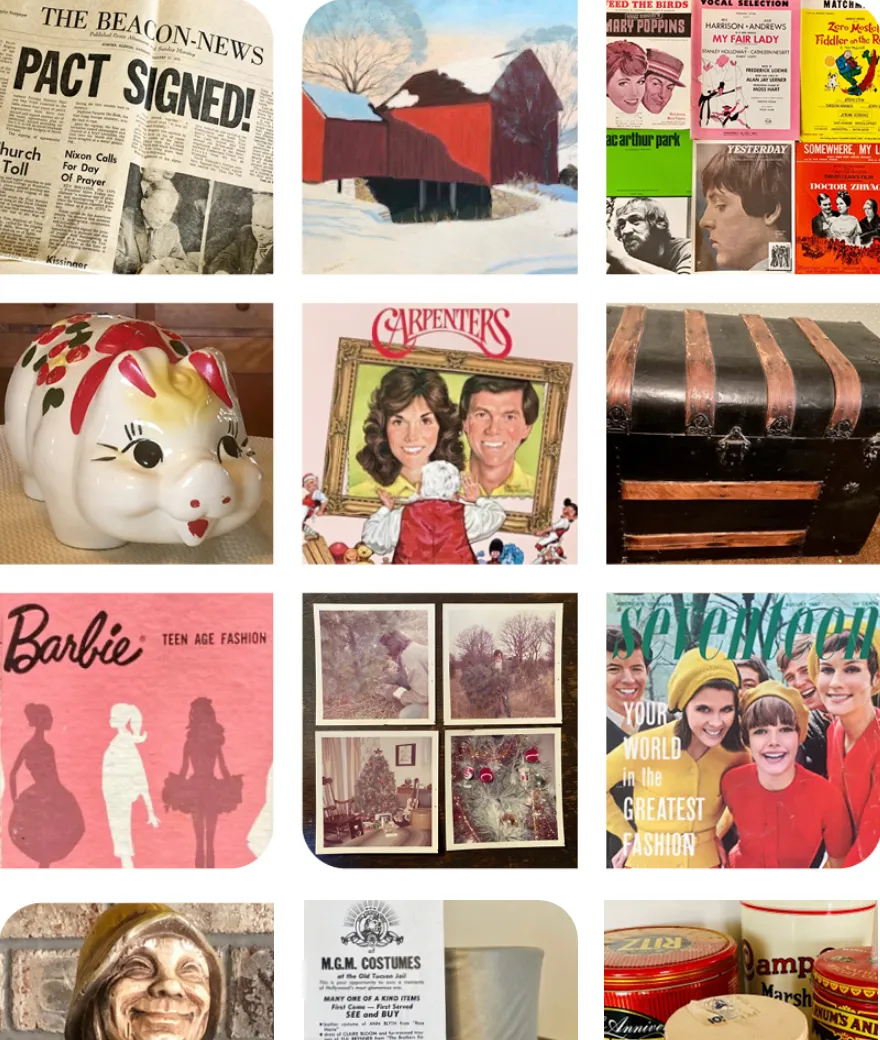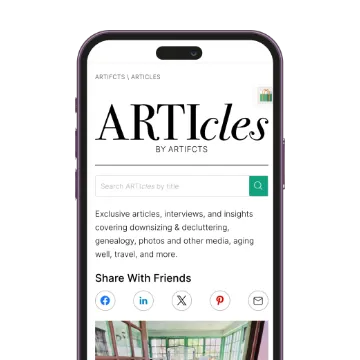Last week, we received a fabulous compliment:
“Artifcts is so easy to use. And every time I think, “Oh, I wish it could do {this}, then suddenly I SEE that I can, because now that I’m looking for it, I realize that feature is real. Other products are so cluttered with buttons and widgets, I never know where I’m supposed to look. Thank you, thank you, thank you!”
This glowing feedback was about something seemingly so small and inconsequential: the hashtag (#).
Hashtags are used everywhere online, so us including it at Artifcts as an option to help you stay organized seemed intuitive. And yet when people use the hashtag and see it simplifies their Artifcting, they are grateful. We’re grateful, too. We’re grateful to all members of the Artifcts for their continuous feedback and accolades.
If you’re wondering what you’ve missed, why hashtags as well as our @ feature are so valuable, keep reading!
Embrace the #Hashtag
Every object, every story, every moment you capture at Artifcts is instantly organized by design. Your #hashtags can be 100% custom to you, or you can select from a drop down of the most popular to-date among Artifcts community members. And by tapping on any #hashtag, you can view all other Artifcts with the same tag.

You can learn a lot about yourself and your life as you start seeing these tags accumulate, too.
Our co-founder Heather’s top three most used #hashtags are:
-
-
- #ThatsMyGirl, for all things created by her daughter
- #MomsEstate, for the items she kept from her mom’s estate
- #FavoriteRecipes, because she hates flipping through dozens of cookbooks to find THAT recipe.
-
Our co-founder Ellen’s top three tags are:
-
-
- #Violet, her daughter
- #ArtifctsVideo, which is added automatically to any Artifct that includes a video
- #décor, because her 'stuff' has stories! (#MoreThanAnObject would be a great tag, too.)
-
Artifcts “Categories” Work like #Hashtags
Categories are required for each Artifct because they are important for structure and sorting as well as for providing ideas for what you may want to Artifct next.
We started building and blending our unique categories list with the types of items you’d see at auction or in collectors groups. We then customized our categories further to include all of the life stuff we tend to collect and/or accumulate around our homes, in our workshops, and with the passing of loved ones, too. No auction house has the need for a category of “Life’s Moments,” with items like cards and letters, awards, memorabilia, and photographs. But you certainly have need for this category at Artifcts.
Fall in Love With the @ Feature
Whether you’re writing a text, email, or social media post, typing @ unlocks the ability to link to other people and groups. It’s an efficient way to loop in and alert others.
At Artifcts, we evolved the @ feature a step further to meet our community's needs. We wanted @ to help us all to weave others into the stories we tell about the objects that pass through our lives. We also wanted to be able to link one Artifct to another. Maybe the Artifcts are part of a collection or one is simply part of a much bigger story.
“The @ feature is hands down my favorite boost for any Artifct I create. I love being able to lead people down the rabbit hole from one part of a story to another without having to write an essay,” said Artifcts co-founder Ellen Goodwin. “And it saves me time, too. If I use @person then the Artifct is automatically shared with them. Done and done!”
And with these tips in mind, we wish you happy Artifcting!
###
Did you know we publish short tips videos on YouTube? Subscribe to our channel and dive into our Tips Playlist.
© 2025 Artifcts, Inc. All Rights Reserved.



























